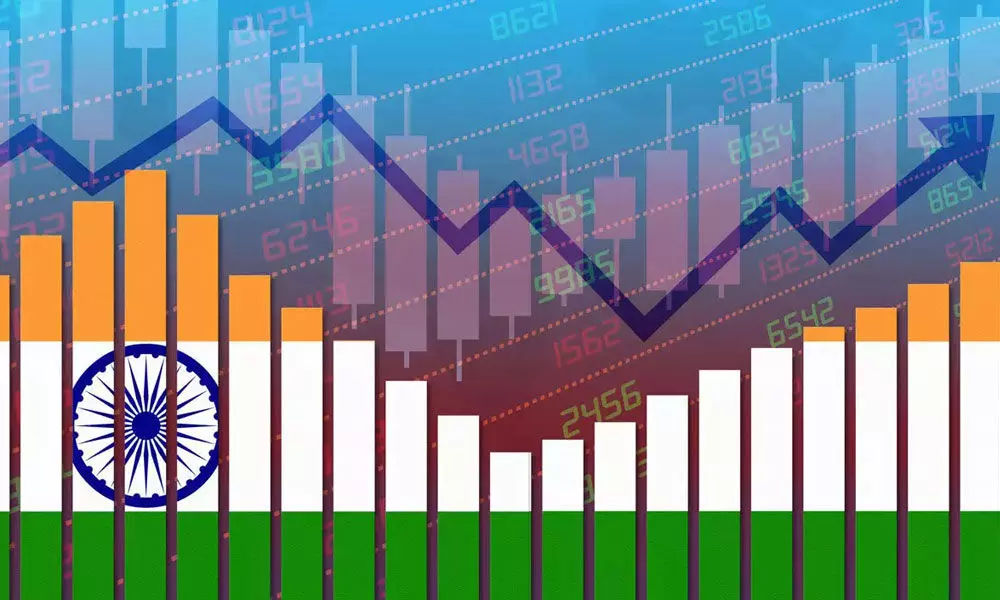India: Growth turns positive, albeit divergence in recovery
Given India's net oil importer status, the world’s number three oil importer, rising oil prices threaten to push up inflation
image for illustrative purpose

India has exited technical recession as growth finally returned to positive territory in Q3FY 2021 on easing lockdown restrictions, leading to a rebound in activity. Yet, the recovery is uneven, with the informal sector lagging. The recent rise in Covid-19 cases could pose downside risks to growth forecasts if it becomes widespread or leads to renewed strict lockdowns. Monetary policy will likely stay accommodative to aid the nascent recovery, although higher oil prices pose upside risk to inflation, which could limit policy space.
India's gross domestic product (GDP) growth for the quarter ended December 2020 (Q3 FY 2021) turned positive after two quarters of contraction, but undershot market expectations. The recovery was helped by a boost in government spending and the reopening of an economy that is mainly driven by domestic consumption.
Agriculture growth stayed solid and industry growth has turned positive. Services continue to contract, albeit at a milder pace, dragged by trade, hotels, transport, and communication (-7.7 per cent y/y). Despite listed companies posting strong profits, manufacturing growth was subdued at 1.6 per cent y/y, pointing to weakness in smaller companies and the informal sector. Both government and private consumption remained in negative territory, but picked up sharply from Q2FY 2021.
The National Statistics Office has cut its GDP growth forecast for FY 2021 to -8.0 per cent y/y, from -7.8 per cent. This implies expected GDP contraction of 1.1 per cent y/y in Q4 FY 2021, in contrary to most of the Q3 FY 2021 high frequency data pointing to an improvement. The mismatch is largely due to a larger subsidy bill, in particular food subsidies. The gross value added (GVA) forecast, which excludes these subsidies, was revised to -6.5 per cent y/y from -7.2 per cent.
India's government bonds have been under pressure owing to poorer sentiment amid higher oil prices, spike in US treasury yields, and bond supply concerns. India's sovereign rating overhang remains with Moody's and Fitch's negative outlook. Given India's net oil importer status, the world's number three oil importer, rising oil prices threaten to push up inflation. While the government has pushed for a looser inflation target in favour of growth, the central bank recommended retaining the current inflation target last Friday. The government could roll back earlier fuel tax hikes to help slow the pace of inflation, but rising fuel consumption as the economic recovery intensifies would impact government revenue at a time when finances are already strained.
(Sok Yin Yong is Fixed Income Analyst Asia, Julius Baer)
Sok Yin Yong

